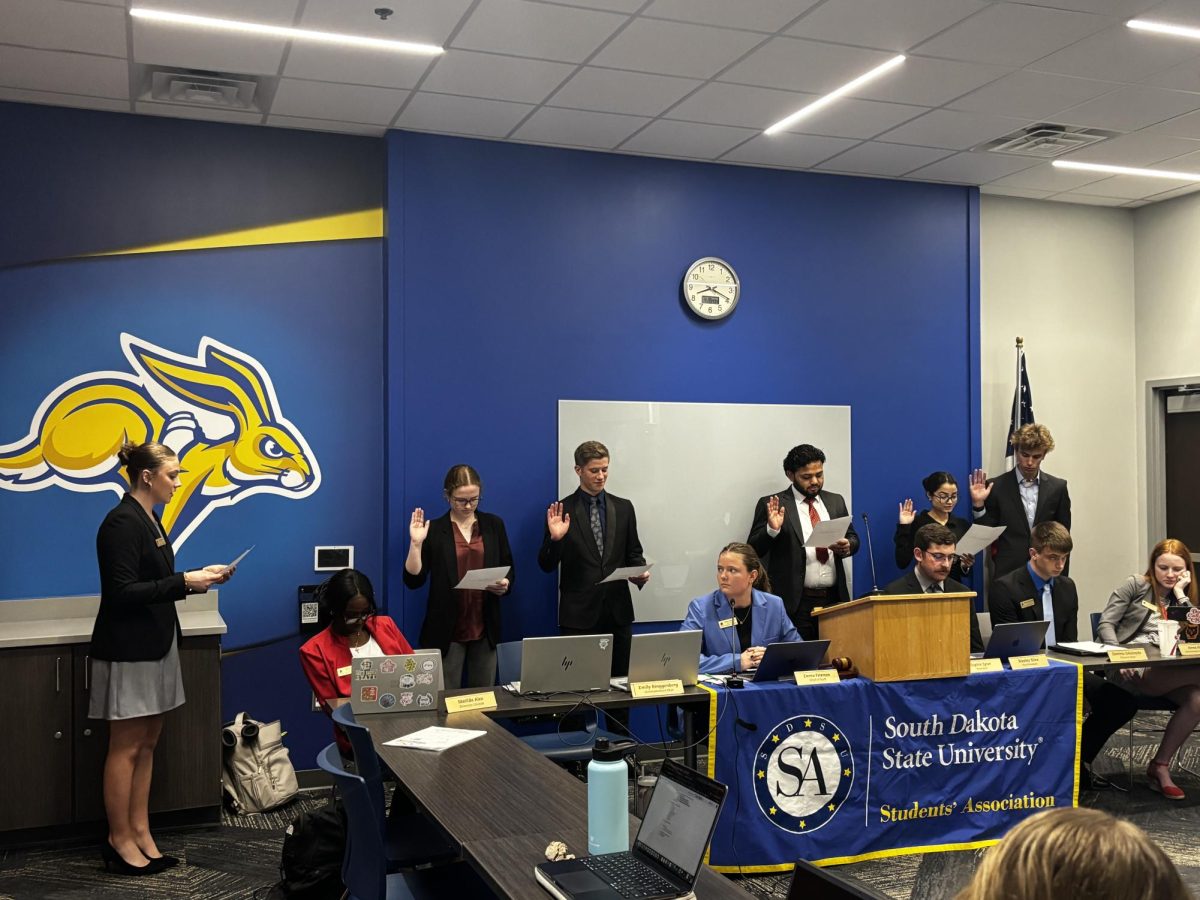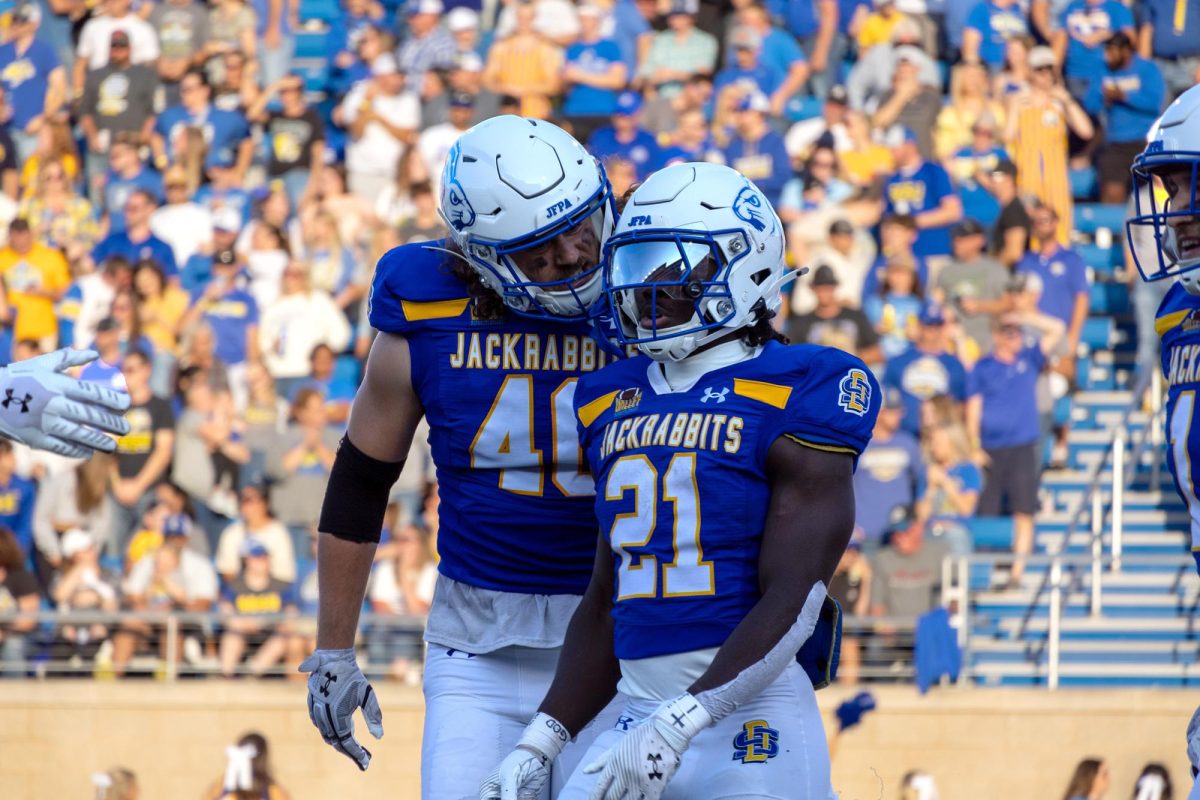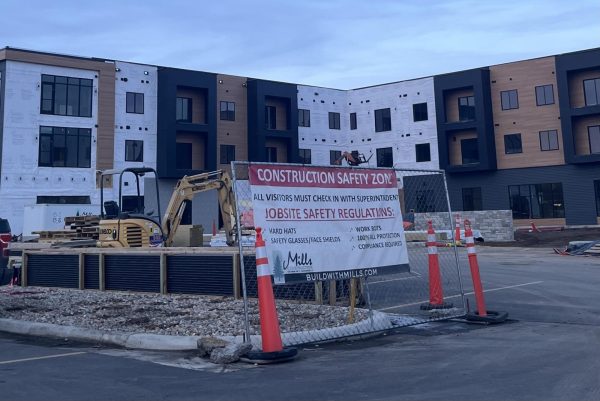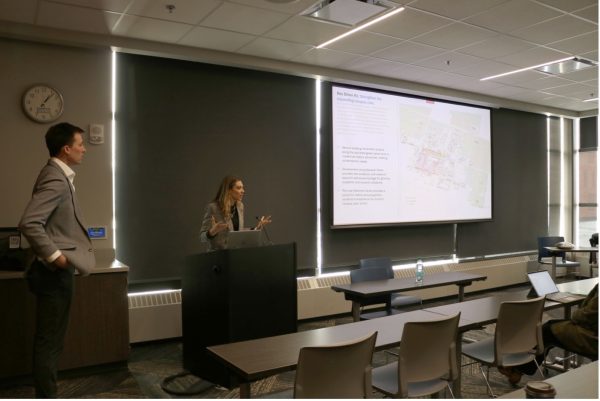Professors implement social media to further learning experience
November 30, 2010
Ben Lippert
Although social media receives a bad reputation for academics, one professor embraced it as a teaching tool.
Social media has been blamed for classroom distractions and bad study habits. One professor at SDSU thinks Twitter has educational benefits.
Greg Heiberger is the coordinator of pre-health professional programs in SDSU’s biology and microbiology department.
Heiberger said he got the idea to use social media for classes when he helped coordinate the new student orientation program.
“We started implementing social media in [the 2006-07 school year],” Heiberger said. “We started creating groups and inviting students directly based on what orientation session they came to.”
This is where Heiberger learned the value of social media, and is the reason he uses it in his classroom today.
“We found through experimental design that students who used Twitter in educationally relevant ways had higher retention rates,” Heiberger said. “They had higher grades, and they were more engaged in the college experience.”
Most people have probably at least heard of, or made fun of Twitter. Twitter is a free social media service that limits users to 140 characters per update.
“It lets them connect with faculty using shorter, quicker bursts of information,” Heiberger said.
Heiberger has an extensive scientific, mathematical and research background. This provided the grounds for his social media experiment.
He separated students into two groups: a control group that used a Facebook-like social network called “Ning”, and an experimental group that used Twitter.
“We took seven different sections of pre-health professionals and randomly assigned them to a group,” Heiberger said. “They had all the same assignments and they did all the same work in that class, except the media they used.”
Heiberger said the control group of students using Ning would often start off strong and then resort to other platforms like email and Desire 2 Learn.
The experimental group using Twitter was far more engaged with each other and faculty. They also averaged half a GPA point higher for overall first semester GPA versus the control group.
These findings have spurred Heiberger to do follow up research and better analyze the correlation to social media and success in college.
“The media tends to sensationalize social things. You always hear about the student that locks themselves in their dorm room for 16 weeks and only communicates with people via Facebook,” Heiberger said. “My focus was what kind of positive impact is social media having.”
There is very little research to support the effectiveness of Twitter and other social media as a classroom tool.
Two SDSU journalism majors have a hard time seeing Twitter sticking with most professors.
“Professors can barely handle D2L. Forget about Twitter,” said Tyler Bitner, a senior advertising student.
“Some teachers can’t even use PowerPoint, let alone D2L,” said Missy Hansen, also a senior advertising major. “Good luck getting them to use Facebook or Twitter.”
The technological and social divide between teachers and students seems to be at an all-time high, which is why Heiberger says it’s hard to develop a relationship with students.
With the implementation of social media, those relationships were strengthened.
Heiberger said he will continue to conduct research so that a stronger correlation can be made and used as an example.
#1.1814436:2417488591.png:Twitter.png:Greg Heiberger utilizes twitter in his classroom as a means of intervweaving the subject matter of his students with the help of social media. Heiberger supports and sees benefits of social media interaction with students.:Collegian photo by Ryan Robinson





















